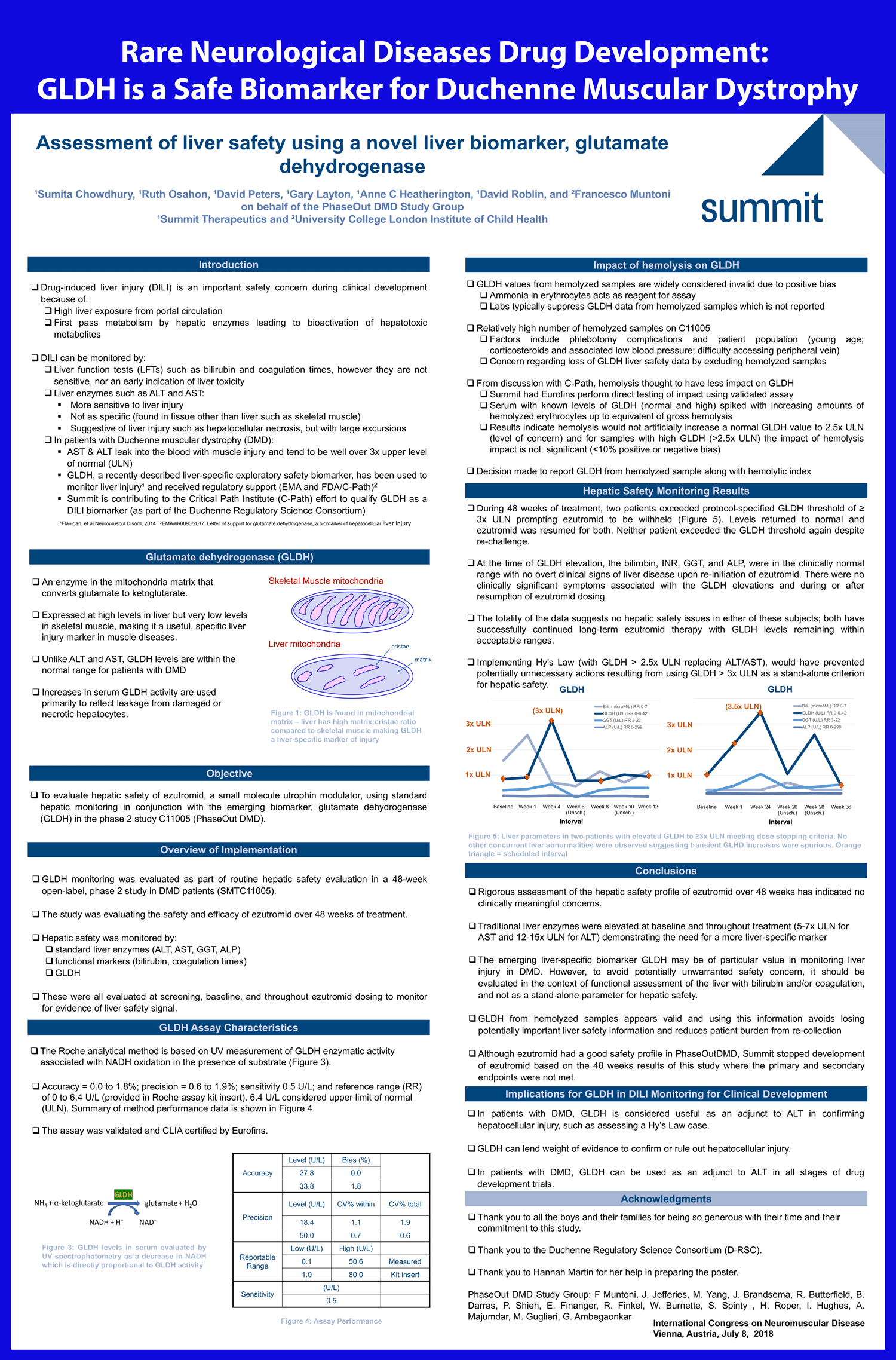
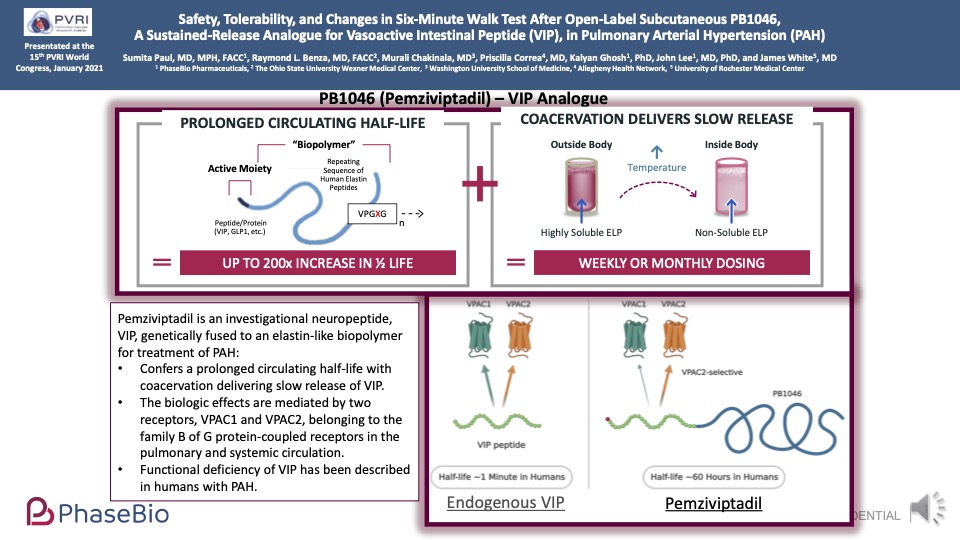
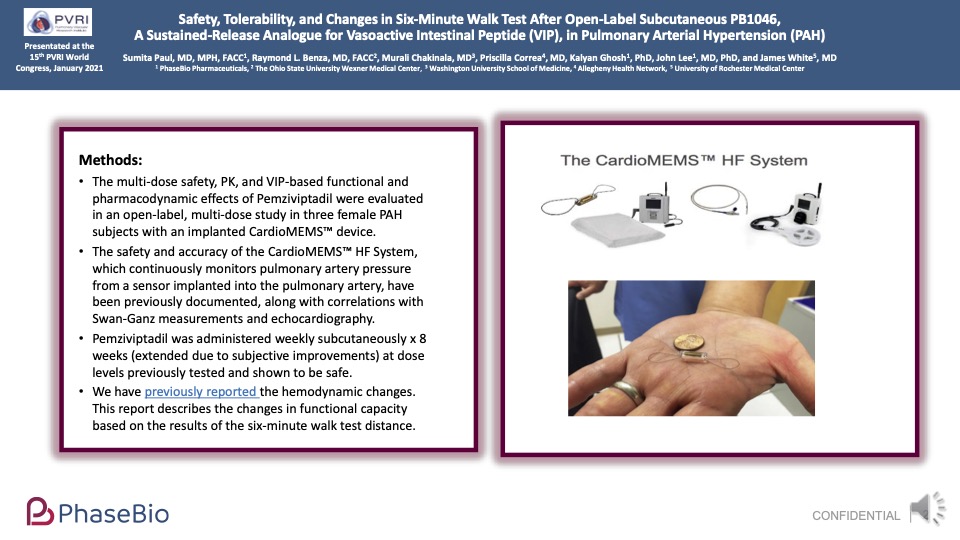
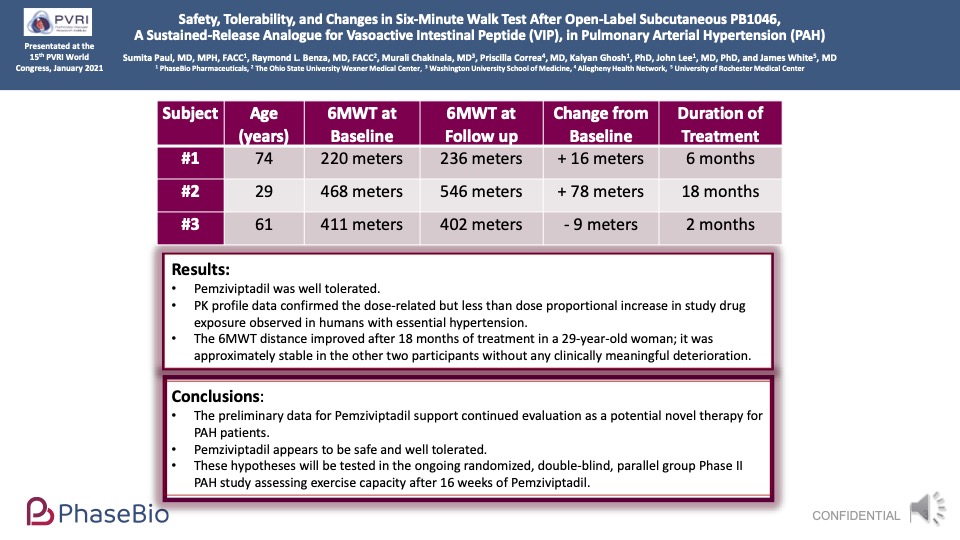

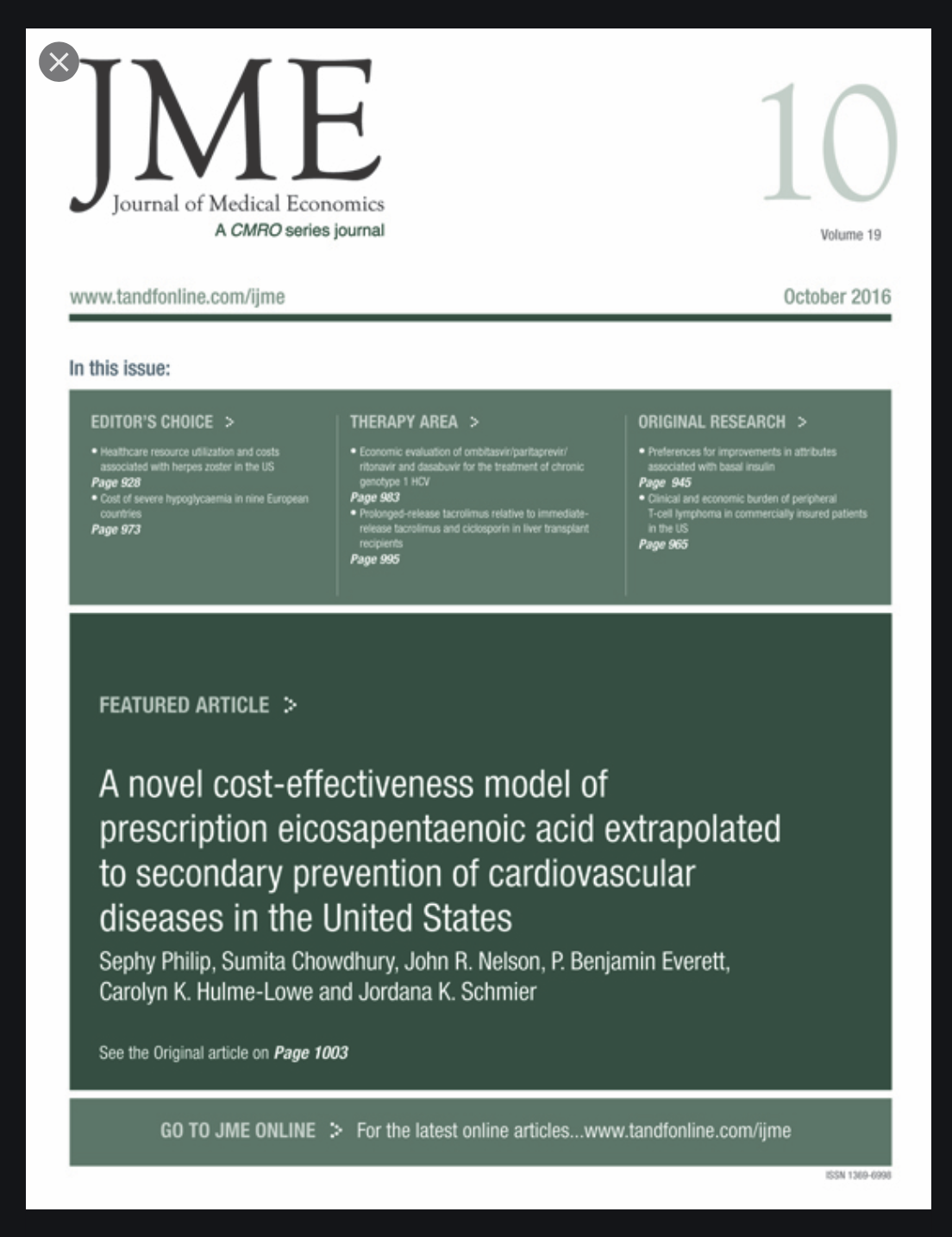
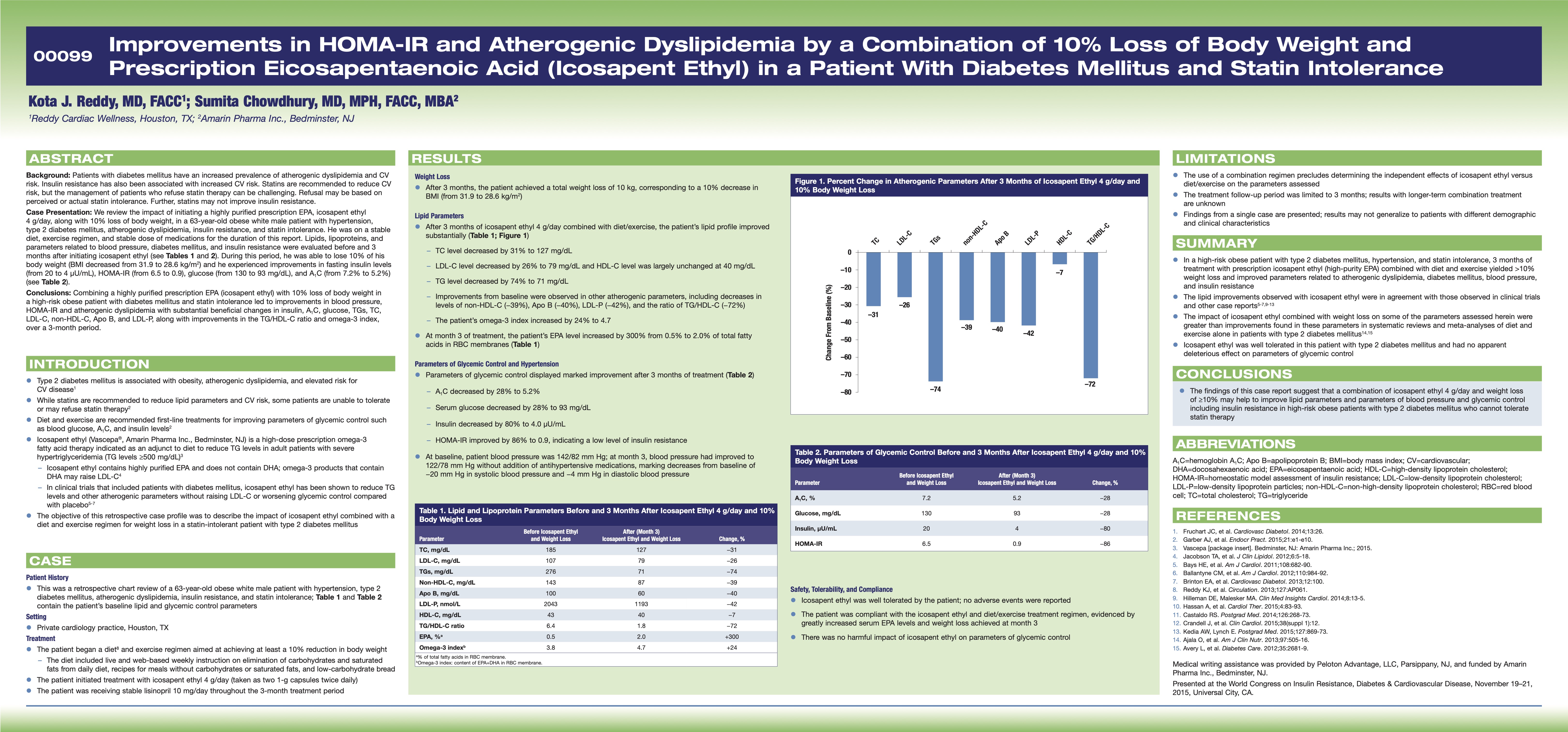
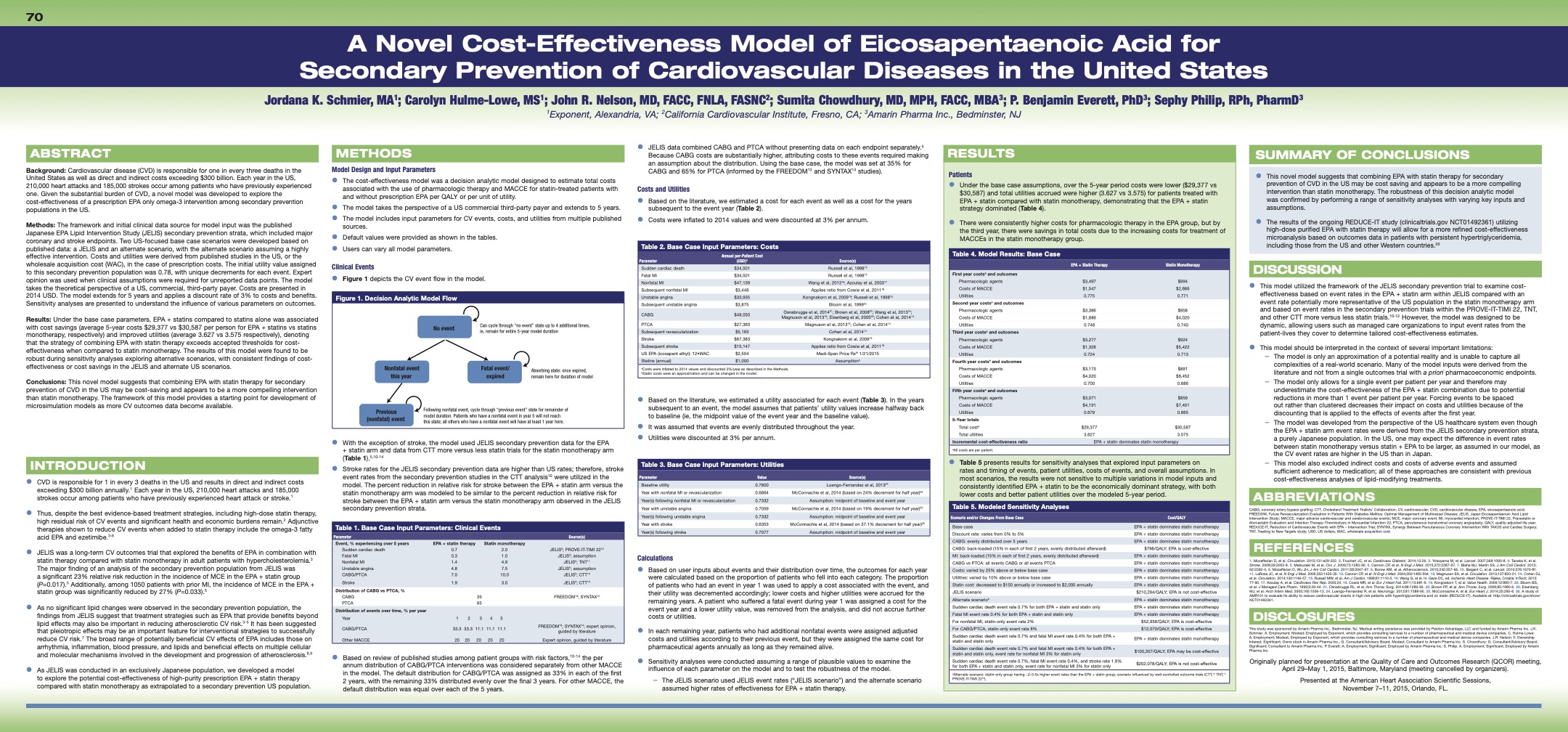


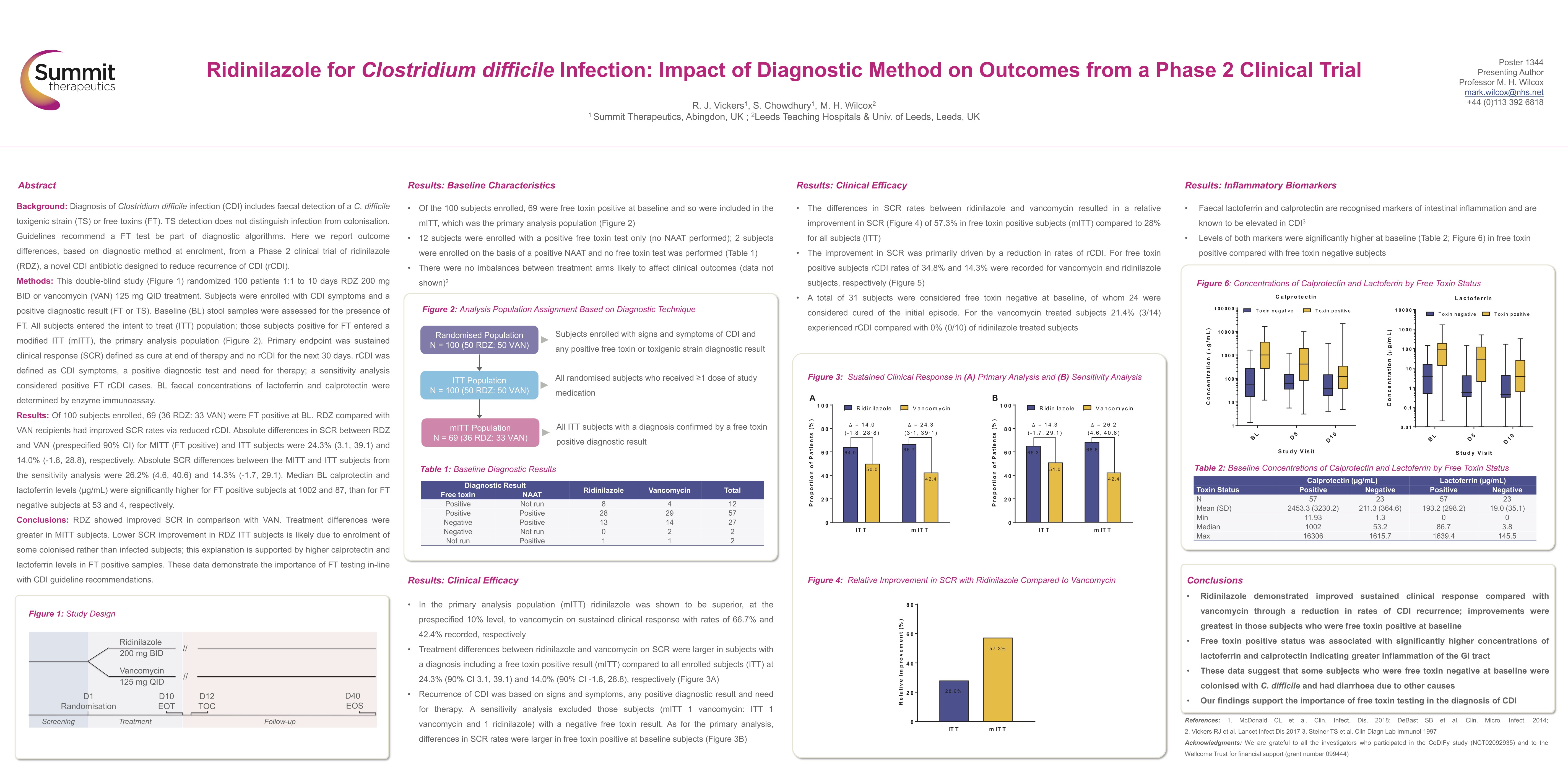

Research Publications:
1. Costs and effectiveness of angiotensin converting enzyme inhibition in patients with congestive heart failure. Arch Intern Med 1994; 154: 1143-1149.
2. Use of exercise test parameters to predict presence and duration of ambulatory ischemia in patients with coronary artery disease. Am J Cardiol 1994; 74: 991-996.
3. Predicting preserved left ventricular ejection fraction in patients after myocardial infarction: Validation of a simple clinical rule. Ann Intern Med 1994; 121: 750-756.
4. Gender differences for perioperative and longterm cardiac event-free survival in vascular surgery patients: An analysis of clinical and scintigraphic variables. Circulation 1995; 91: 1044-1051.
5. Comparative early and late cardiac morbidity among patients requiring different vascular surgery procedures. J Vasc Surg 1995; 21: 935-44.
6. Do gender-based differences in presentation and management influence predictors of hospitalization costs and length of stay after an acute myocardial infarction? Am J Cardiol 1995; 76: 1122-1125.
7. Care of acute myocardial infarction by non-invasive and invasive cardiologists: Procedure use, cost, and outcome. J Am Coll Cardiol 1996; 27: 262-269.
8. Development and validation of a Bayesian model for perioperative cardiac risk assessment in a cohort of 1,081 vascular surgical candidates. J Am Coll Cardiol 1996; 27: 779-786.
9. Geriatric patients with acute myocardial infarction: Cardiac risk factor profiles, presentation, thrombolysis, coronary interventions, and prognosis. Am Heart J 1996; 131: 710-715.
10. Gender differences in presentation, management, and cardiac event-free survival in patients with syncope. Am J Cardiol 1997; 80: 1183-1187.
11. The impact of a simple inexpensive quality assurance effort on physicians choice of thrombolytic agents and door-to-needle time: Implications for costs of management. J Thromb Thrombolysis 1997.
12. Neural network assessment of perioperative cardiac risk in vascular surgery patients. J Med Decision Making 1997.
13. Improving Lipids With Prescription Icosapent Ethyl After Previous Use of Fish Oil Dietary Supplements. Future Cardiol. 2016 May;12(3):261-8. doi: 10.2217/fca-2015-0009.
14. A novel cost-effectiveness model of prescription eicosapentaenoic acid extrapolated to secondary prevention of cardiovascular diseases in the United States. J Med Economics 2016.
Text Book Chapters:
1. Evaluation of patients for noncardiac surgery. Chapter 22, Textbook of Cardiovascular Medicine, Editors: Willerson JT, Cohn JN. Publishers: Churchill Livingston; 1994; 1: 1781-1794.
2. Triggering of acute coronary artery syndromes. Chapter 2, Acute Coronary Care, Second Edition. Editors: Califf RM, Mark DB, Wagner GS. Publishers: Mosby-Year Book, Inc., St. Louis, MO; 1994; 2: 14-26.
3. A stepwise strategy for coronary risk assessment for noncardiac surgery. In: Contemporary Issues in Cardiology, Medical Clinics of North America, Editor: Deedwania P. Publishers: W.B. Saunders Company; 1995; 79(5): 1241-1262.
4. Modalities for assessment of cardiac risk in vascular surgery. Chapter 57, Textbook of Vascular Surgery Theory and Practice, Editor: Callow AD. Publishers: Appleton & Lange division of Simon and Schuster; 1995; 783-795.
5. High risk cardiac patient undergoing noncardiac surgery. Chapter: The Critically III Cardiac Patient, Editors: Kvetan V, and Dantzker DR. Publishers: Lippincott. 1996; 13-27.
Commentaries and Reviews:
1. The clinical importance of circadian rhythm and triggering of onset of myocardial infarction and transient myocardial infarction and transient myocardial ischemia. Illustrated Medicine, September 1991.
2. Risk stratification for patients having peripheral vascular surgery. Commentary. ACP Journal Club, September/October 1992;117 (Suppl 2):55.
3. Risk factors for death after noncardiac surgery. Myocardial ischemia after noncardiac surgery. Commentary on two articles. ACP Journal Club, November/December 1992;117(Suppl 3): 88-89.
4. Health Economics: Enalapril was better at minimal extra cost in congestive heart failure. Commentary by Eisenberg JM. ACP Journal Club, November/December 1994;121(Suppl 3): 83.
5. Perioperative cardiac assessment of patients undergoing noncardiac surgery. Contemporary Internal Medicine 1994; 6(1): 47-58.
6. Perioperative cardiac assessment of patients undergoing noncardiac surgery. Contemporary Internal Medicine 1994; 6(1): 47-58.
7. Cardiac Complications form noncardiac surgery: How vulnerable is your patient? Consultant 1994; 34(1): 61-71.
8. One woman dies every minute from heart disease. Healthline Vol.1, Issue 2: May – August 2015;16-17. http://healthlinemag.com/magazine/
9. Omega-3 products: What’s inside? Vol.2, Issue 1: January – April 2016; 6-7. http://healthlinemag.com/magazine/
Research Abstracts
1. Predicting long-term cardiac complications after vascular surgery: Importance of preoperative clinical features, thallium data and perioperative complications. Circulation Oct 1991; 84(4): 11-22. Presented orally at the 64th Scientific Session of the American Heart Association (1991).
2. Is Holter monitoring necessary to determine the presence of significant ambulatory ischemia in all patients with positive exercise tests? Circulation Oct 1991; 84(4); 11-151.
3. Can exercise test parameters predict the presence and duration of ambulatory ischemia? Circulation Oct 1992; 86(4); I-139. Presented orally at the 65th Scientific Session of the American heart Association (1992).
4. The costs and the effectiveness of angiotensin converting enzyme inhibition in patients with congestive heart failure. Circulation Oct 1992; 86(4): I-101. Presented orally at the 65th Scientific Session of the American Heart Association (1992).
5. Poorer outcome and less aggressive treatment for acute myocardial infarction in the elderly: Is there an age bias in management? J Am Coll Cardiol 1993;21(2): 481A. Presented orally at the 42nd Scientific Session of the American College of Cardiology (1993).
6. Less aggressive thrombolysis and worse prognosis for the young diabetic with acute myocardial infarction: Is there a bias in management? Paper selected as a “Finalist” in the National Associates Research Paper Competition of the American College of Physicians, and presented at the 1993 Scientific Sessions of the American College of Physicians at Washington DC.
7. Weekly rhythm of acute myocardial infarction: Are physicians more aggressive with thrombolysis after the weekend? Circulation Oct 1993; 88(4); I-509A. Presented orally at the 66th Scientific Session of the American Heart Association (1993).
8. Long-term prognosis after geriatric vascular surgery: Does preoperative clinical evaluation and dipyridamole-thallium testing make a difference? Circulation Oct 1993; 88(4): I-11 A. Presented orally at the 66th Scientific Session of the American Heart Association (1993).
9. Temporal changes in the management of acute myocardial infarction between the 1980s and the 1990s: Are we getting more aggressive with the elderly? J Am Coll Cardiol 1994; 23: 438A. Presented orally at the 43rd Scientific Session of the American College of Cardiology (1994).
10. Influence of prior heart disease on morbidity and mortality after vascular surgery: Role of coronary artery bypass grafting. J Am Coll Cardiol 1994; 23: 380A.
11. A simple scoring system for preoperative cardiac risk assessment in vascular patients. J Am Coll Cardiol 1994; 23: 380A.
12. Concordance of a validated clinical risk index with coronary angiography prior to vascular surgery (VAS): The Cleveland Clinic (CCF) experience. Circulation Oct 1994; 90(4:2): I-95A. Presented orally at the 67th Scientific Session of the American Heart Association (1994).
13. High incidence of silent ischemia by continuous 12 lead ST-segment monitoring after vascular surgery: Correlation with postoperative prothrombotic milieu. Circulation Oct 1994; 90(4:2): I95A. Presented orally at the 67th Scientific Session of the American Heart Association (1994).
14. The impact of a quality assurance program on door to needle time and choice of thrombolytic agent in acute myocardial infarction. Circulation Oct 1994; 90(4:2): I-45A.
15. Predicting preserved left ventricular ejection fraction in patients after myocardial infarction: Derivation and validation of a simple clinical rule. Circulation Oct 1994; 90(4:2): I-44A.
16. Postoperative and late prognosis for diabetics undergoing vascular surgery: Combining clinical evaluation and dipyridamole-thallium imaging improves risk stratification. J Am Coll Cardiol 1995; 25: 367A.
17. Eligibility for thrombolytic therapy is limited even with expended criteria. J Am Coll Cardiol 1995; 25: 206A
18. A study of 1044 consecutive patients with patent foramen ovale: Association with cryptogenic cerebrovascular events in adults. J Am Coll Cardiol 1995; 25: 144A. Presented orally at the 44th Scientific Session of the American College of Cardiology (1995).
19. Preoperative risk stratification for geriatric patients approaching vascular surgery: High prevalence of severe coronary artery disease among patients with angina or diabetes mellitus. J Am Coll Cardiol 1995; 25: 48A. Presented orally at the 44th Scientific Session of the American College of Cardiology (1995).
20. Care of acute myocardial infarction by non-invasive and invasive cardiologists: Procedure use, cost, and outcome. J Am Coll Cardiol 1995; 25: 390A. Presented orally at the 44th Scientific Session of the American College of Cardiology (1995).
21. Acute myocardial infarction in the 1990s: Patients with diabetes mellitus – A subgroup with special characteristics. Circulation Oct 1995; 92(8): I-597A.
22. Care of patients with acute myocardial infarction: Patient characteristics and therapeutic options that influence direct costs. Circulation Oct 1995; 92(8): I-510A.
23. The prothrombotic milieu and catecholamine surges after vascular surgery: Effect of aortic versus infrainguinal operation. Circulation Oct 1995; 92(8): I-377A.
24. Gender differences in patients with unexplained syncope. J Am Coll Cardiol 1996; 27: 317A.
25. Cardiac risk assessment following vascular surgery – Independent validation of a Bayesian prediction model. J Am Coll Cardiol 1996; 27: 317A.
26. Higher prevalence of severe coronary artery disease among patients undergoing carotid endarterectomy when compared to aortic surgery: Implications for risk stratification. Circulation Oct 1996; 94(8): I-174A.
27. Clinical decision making for the cost-effective evaluation of patients with unexplained syncope: Role of noninvasive testing. Circulation Oct 1996; 94(8): I-334A.
28. A study of 118,276 patients with acute myocardial infarction in the United States in 1995: Less aggressive care, worse prognosis, and longer hospital length of stay for diabetics. Circulation Oct 1996; 94(8): I-610A.
29. Assessment of longterm risk following vascular surgery – Development and validation of a prognostic scoring system in a cohort of 1,048 patients. J Am Coll Cardiol 1997; 451A.
30. Circadian rhythm of postoperative silent ischemia: Implications for management of patients after vascular surgery. J Am Coll Cardiol 1997; 218A.
31. Improved cardiovascular mortality with perioperative beta-blockade in patients undergoing major vascular surgery. J Am Coll Cardiol 1997; 219A.
32. Longterm cardiac event-free survival in patients undergoing carotid endarterectomy, aortic surgery, and peripheral surgery: Is there a difference? Circulation Oct 1997.
33. Development and validation of a clinical index for mortality after acute myocardial infarction in a cohort of 44,826 diabetics: Ischemic chest pain predicts low risk. Circulation Oct 1997.
34. Insights form TIMI 9B on sex differences in prognosis after acute myocardial infarction: Development and validation of a clinical index to predict outcome. Circulation Oct 1997.
35. Risk stratification for acute myocardial infarction in the emergency department: Results of TIMI 9B. Circulation Oct 1997.
36. A novel cost-effectiveness model of eicosapentaenoic acid (EPA) for secondary prevention in the United States. Presented at the AHA 2015 Scientific Sessions (November, 2015). Circulation 2015.
37. Improvements in HOMA-IR and atherogenic dyslipidemia by a combination of 10% loss of body weight and prescription eicosapentaenoic acid (icosapent ethyl) in a patient with diabetes mellitus and statin intolerance. Presented at WCIRDC (November, 2015). Endocrine Pract 2016; 22(No. 1):36A.
38. Icosapent ethyl (eicosapentaenoic acid ethyl ester) in statin-treated patients at high ASCVD risk with very high triglyceride levels: Results from the MARINE study. Presented at the ACC 2016 Scientific Sessions (April 2016). J Am Coll Cardiol 2016.
39. High prevalence of diabetes, prediabetes and insulin resistance in south asians: Implications for public health prevention based on a novel community registry. Presented at the AACE 2016 at the 25th Annual Scientific & Clinical Congress in Orlando, Florida. Abstract published in Supplement to Endocrine Practice.
40. Regression of carotid atherosclerosis and improvement of atherogenic dyslipidemia by the addition of high-purity eicosapentaenoic acid (icosapent ethyl) to statins in a morbidly obese patient with type II diabetes mellitus Presented at the ATVB/PVD 2016 Annual Scientific Sessions in Nashville, Tennessee. Abstract published in ATVB Supplement.
41. Link between hypertension and insulin resistance in south asians: Implications for
prevention of cardiovascular complications. Presented at the ATVB/PVD 2016 Annual Scientific Sessions in Nashville, Tennessee. Abstract published in ATVB Supplement.
42. Improvements in carotid artery intima-media thickness with icosapent ethyl in three patients with non-HDL-C ≥130 mg/dL: A case series. Presented at the NLA 2016 Annual Scientific Sessions. Abstract published in NLA Supplement.
43. Icosapent ethyl (eicosapentaenoic acid ethyl ester) in women with very high triglyceride levels: Results from the MARINE Study. Presented at the NLA 2016 Annual Scientific Sessions. Abstract published in NLA Supplement.
44. Unique discordance of LDL-C levels and Apo A1/remnant ratios in south asians: Implications for risk stratification for prevalent diabetes mellitus. Presented at the NLA 2016 Annual Scientific Sessions. Abstract published in NLA Supplement.
45. Assessment of liver safety using a novel liver biomarker, glutamate dehydrogenase. Presented at the International Congress on Neuromuscular Disease, Vienna, Austria, July 8, 2018.
46. Ridinilazole (RDZ) for Clostridium difficile infection (CDI): Impact of diagnostic method on outcomes from a phase 2 clinical trial. Presented at IDWeek 2018, San Francisco, California, October 2018.
47. Pharmacokinetics and safety of ridinilazole (RDZ), a potential new therapy for Clostridium difficile infection (CDI): from animal models to patients. Presented at IDWeek 2018, San Francisco, California, October 2018.
48. Selecting Clostridium difficile infection (CDI) outcome measures relevant to public health concerns: Experience from ridinilazole phase 2 trial. Presented at IDWeek 2018, San Francisco, California, October 2018.
49. Quality of Life Changes in Patients with Clostridium difficile Infection (CDI): A Randomized, Double-Blind Trial of Ridinilazole (RDZ) Compared to Vancomycin (VAN). Presented at IDWeek 2019, Washington DC, October 2019.
